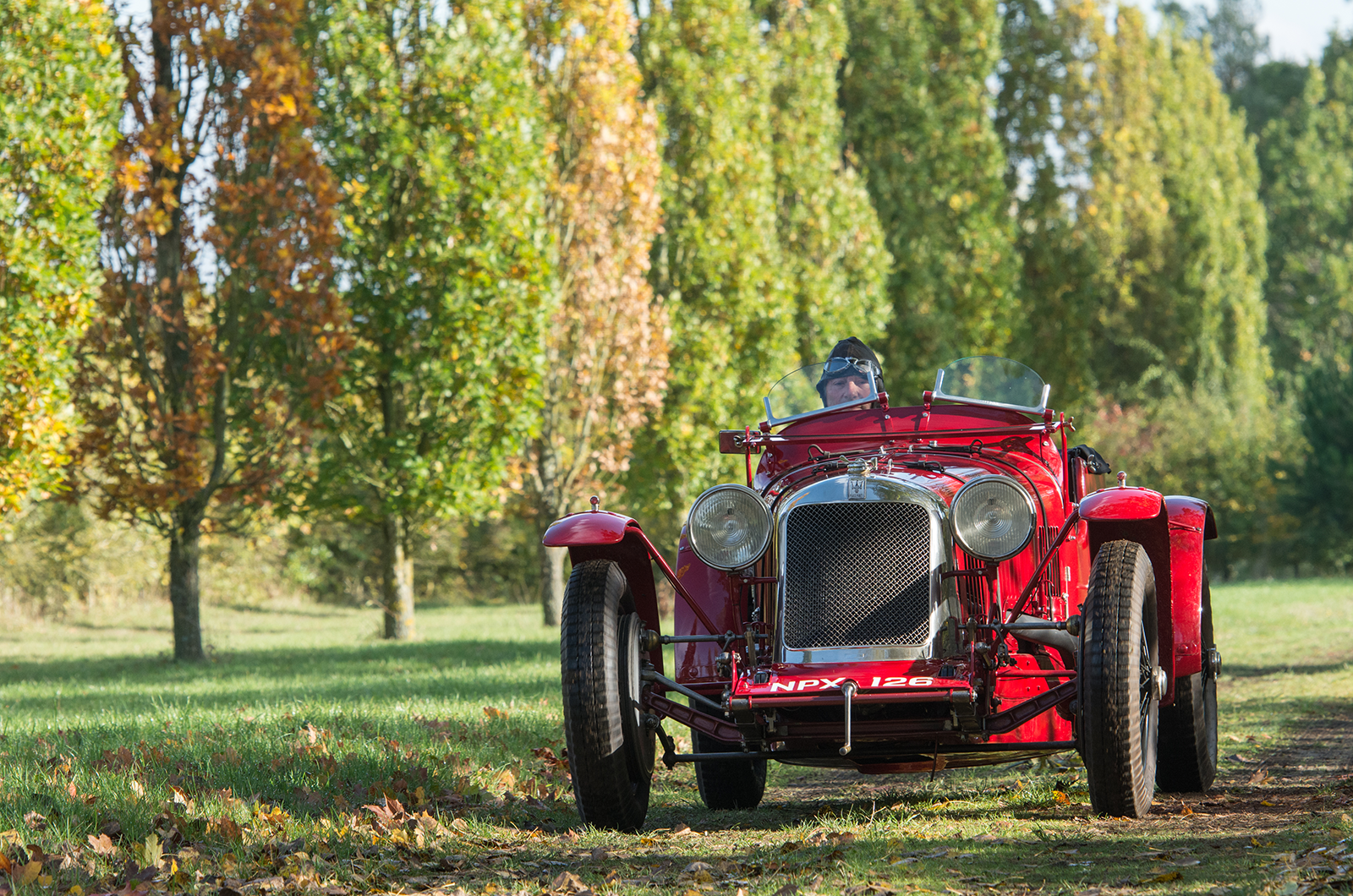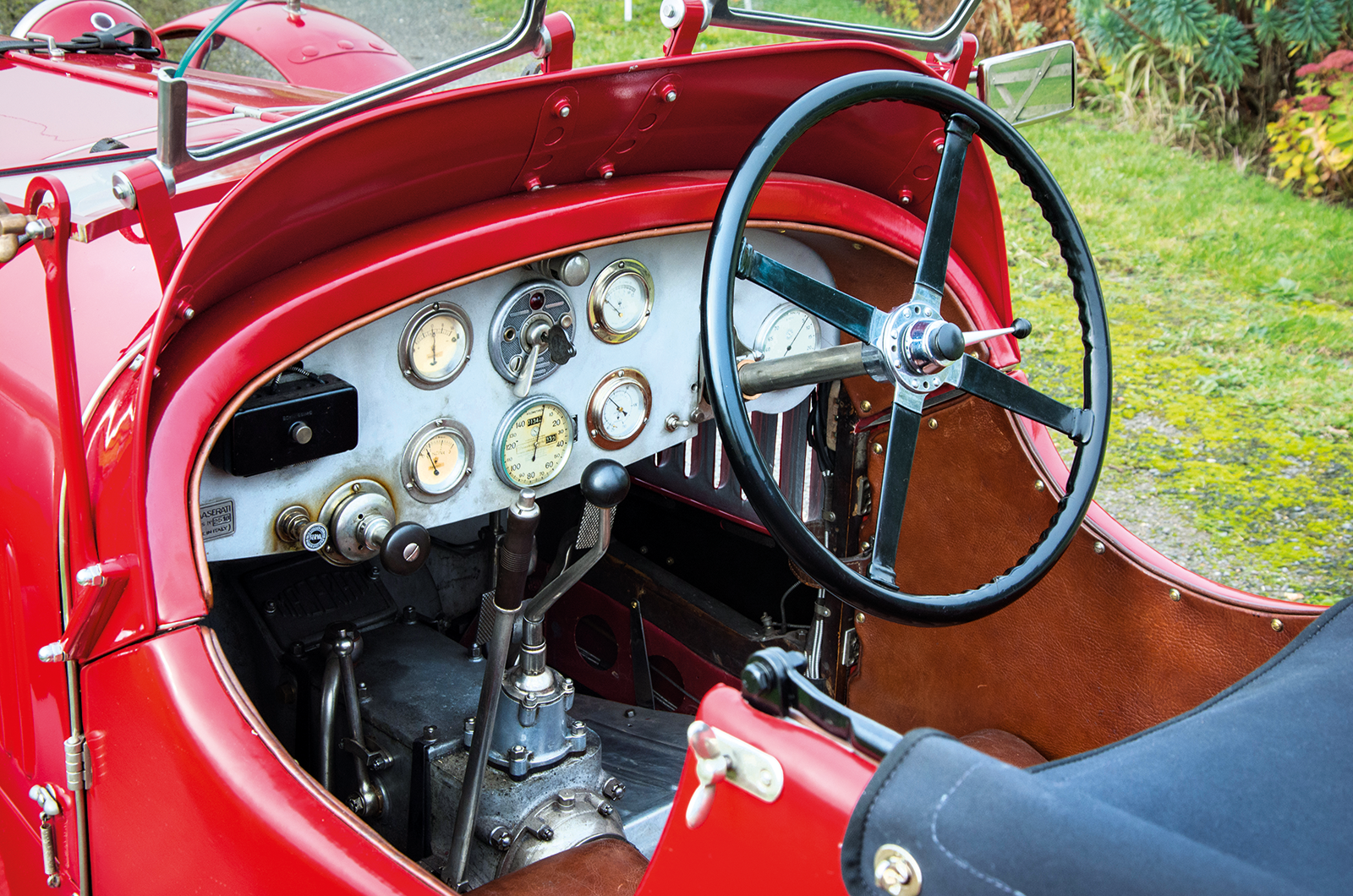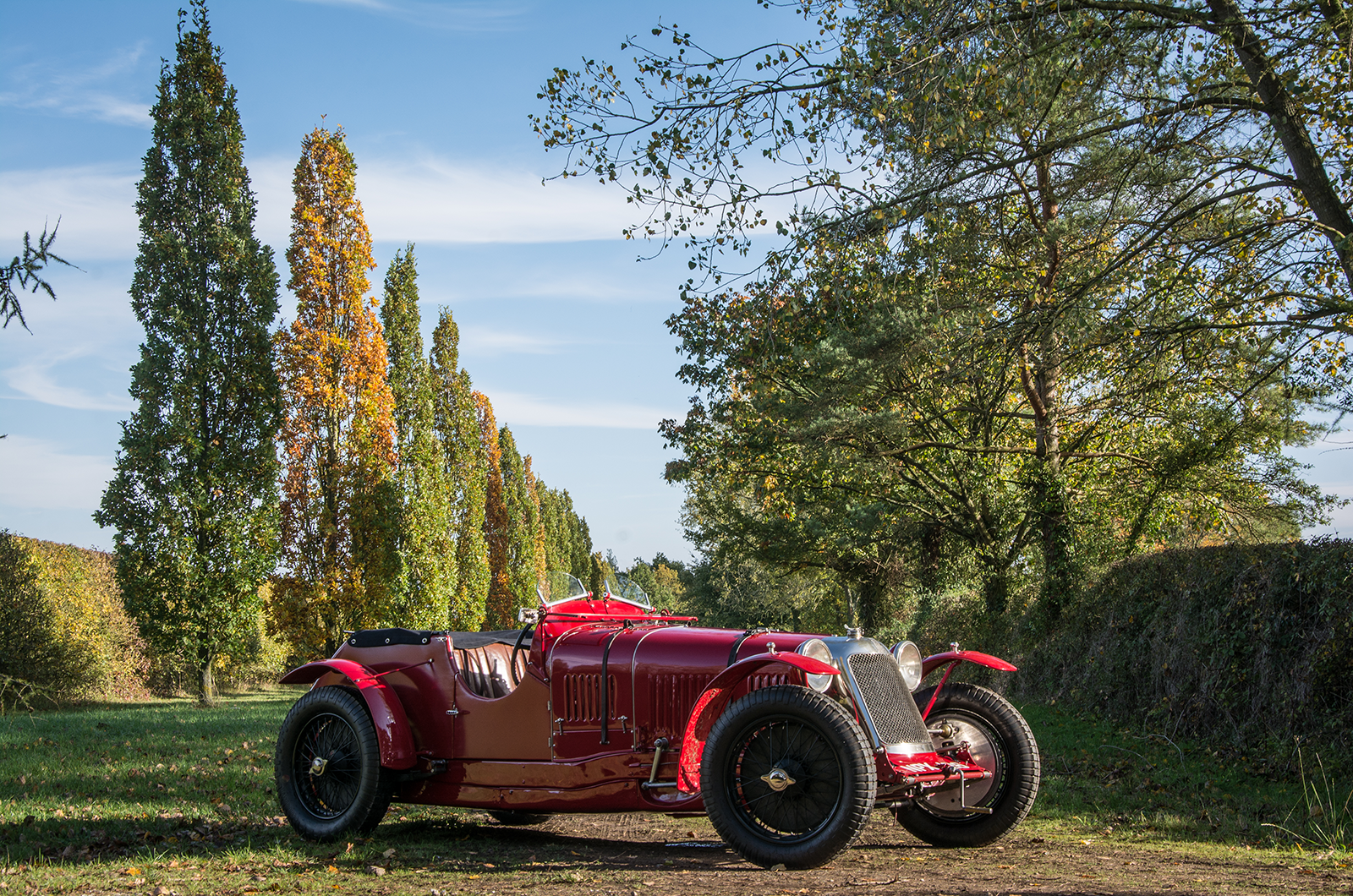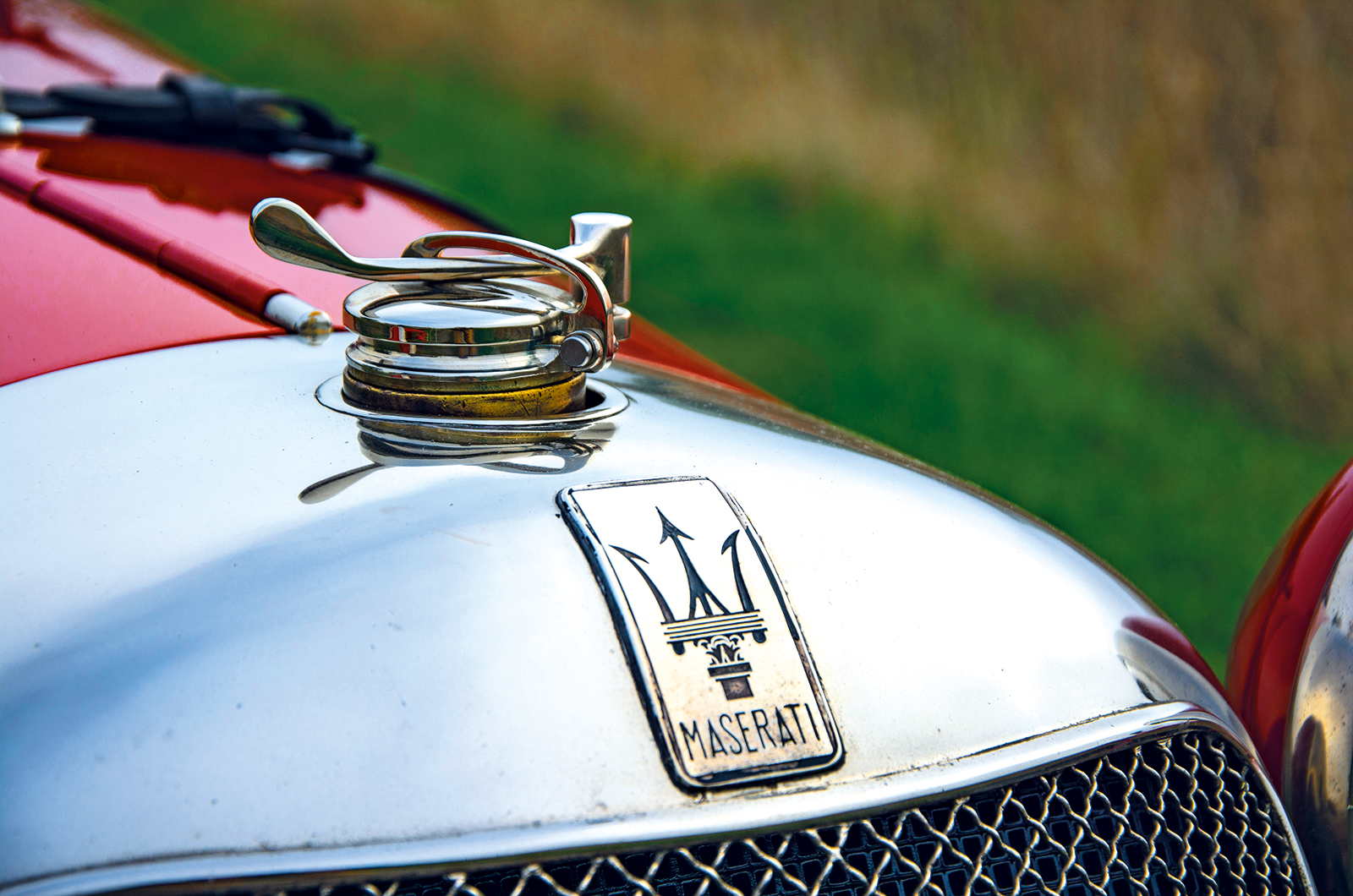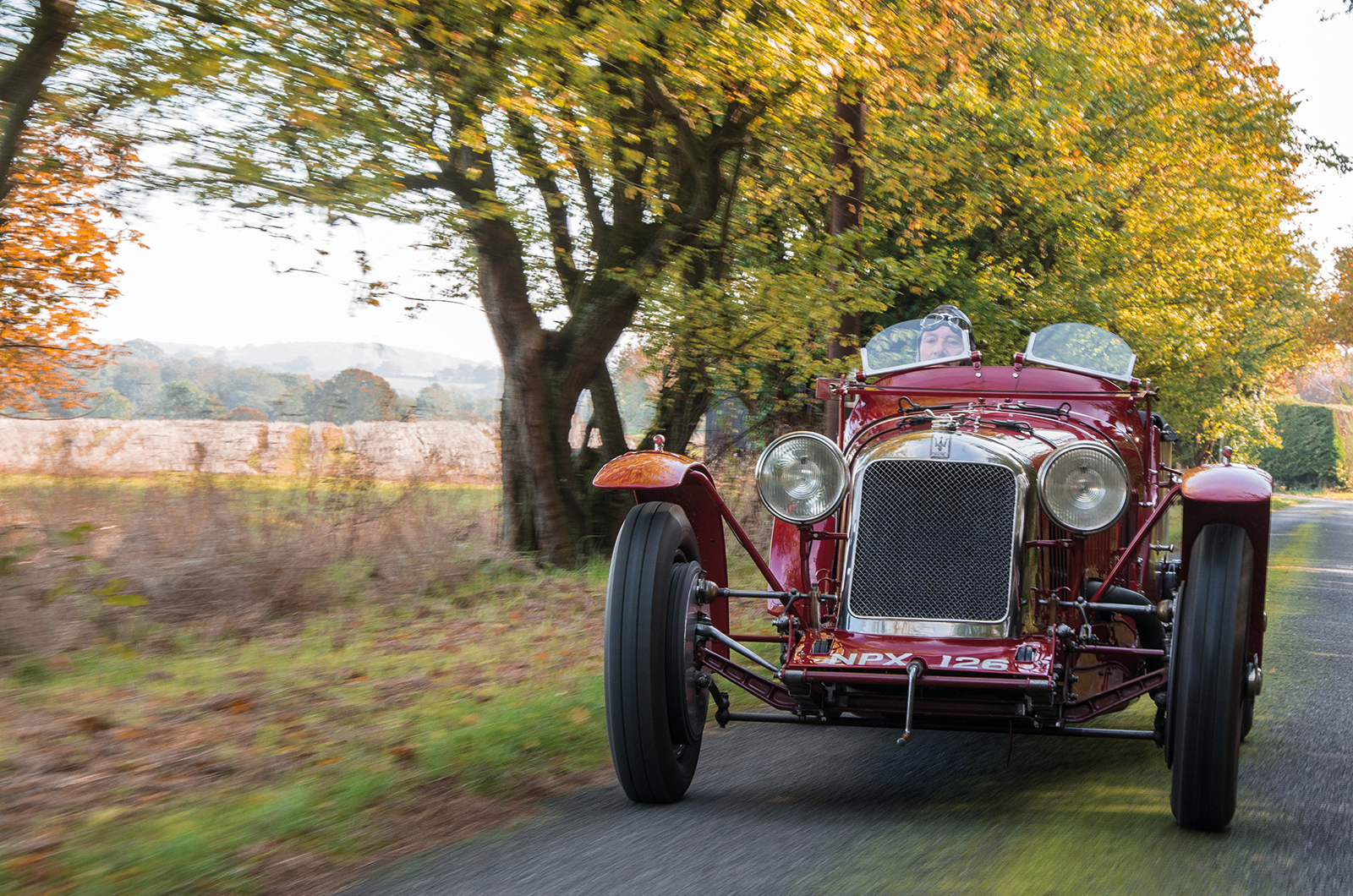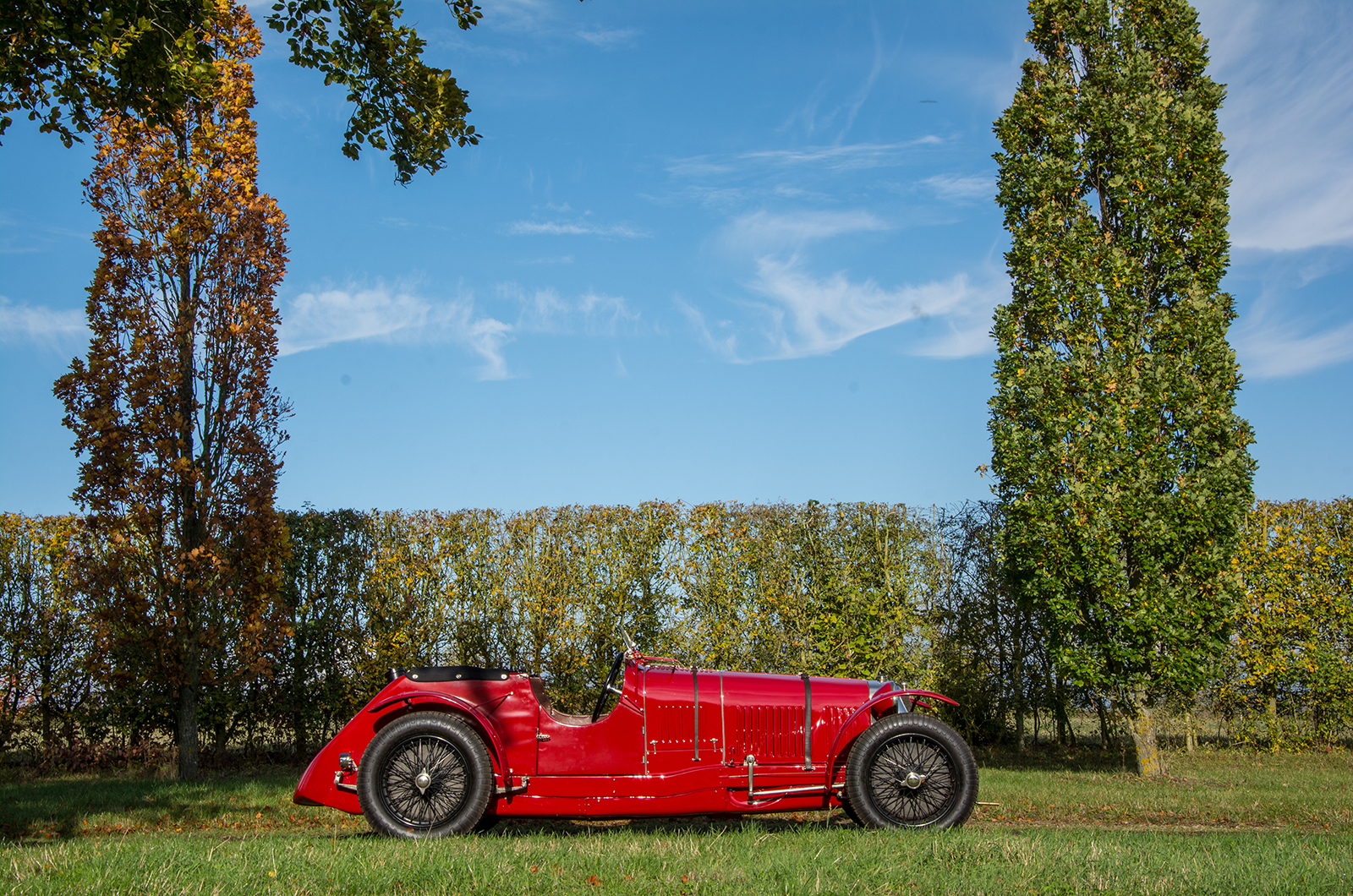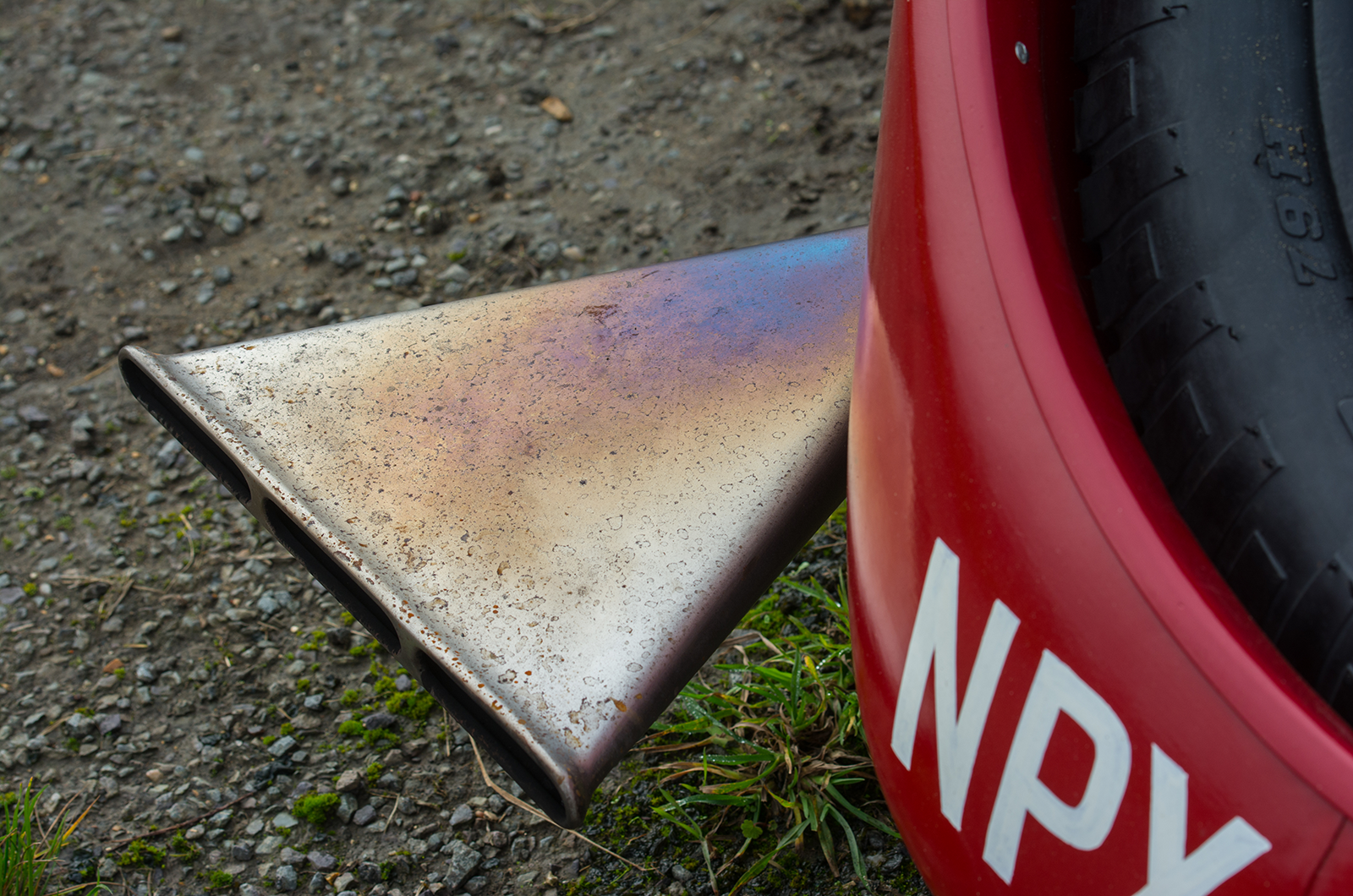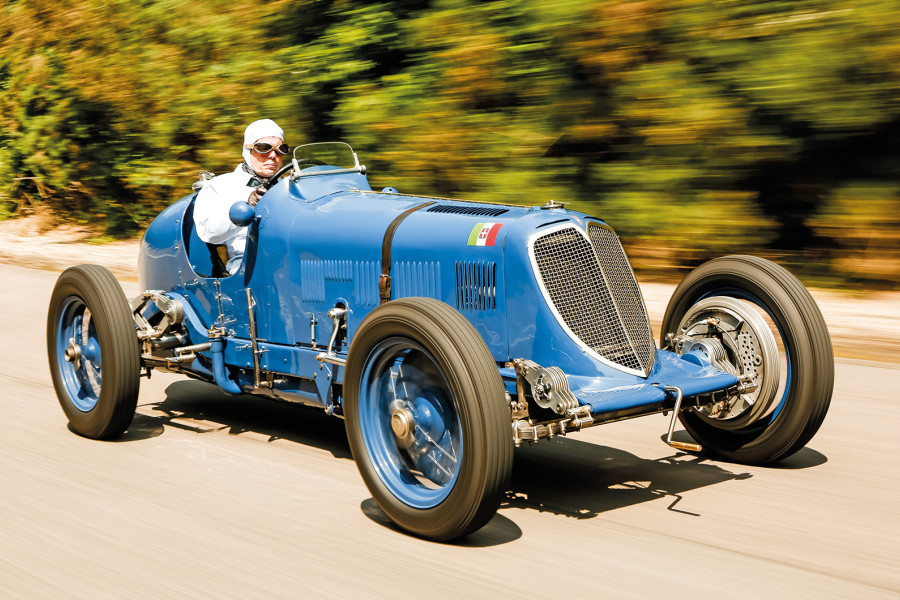
High-performance two-seater sports cars with detuned Grand Prix mechanicals were a regular development in the early days of motoring, but supercharged four-seaters were a rarer breed.
During the late 1920s and early ’30s, Mercedes-Benz and Alfa Romeo built the famed S-type and 8C for long-distance races, but the scarcest of these exotic pre-war ‘tourers’ was the 1930 Maserati Tipo 26 Sports, a long-chassis design developed for England’s most prestigious race, the Brooklands Double Twelve, and the Irish GP.
Today, just one of these lungo Tipo 26s survives of the two special orders to the Maserati family – better known as Il Fratelli.
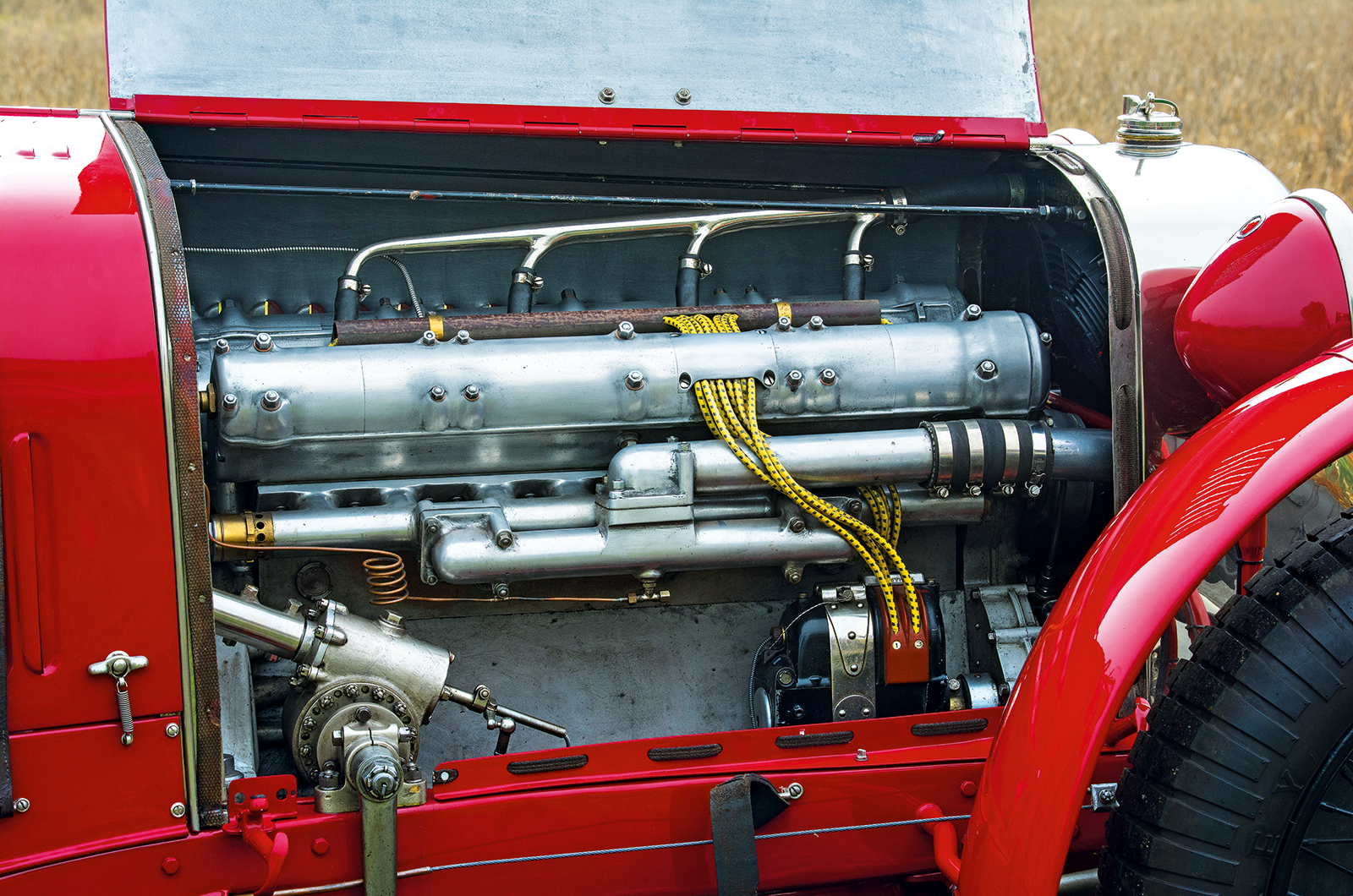
The Tipo 26’s supercharged twin-cam straight-eight is a jewel
The fledgling concern, funded by a spark-plug business and the patronage of wealthy enthusiasts, had developed a reputation for competitive twin-cam machines, handbuilt with pride at its small Bologna base.
The sleek, supercharged two-seaters had impressed Max Morris, director of London carburettor manufacturer RAG Patents Ltd. In late 1930, with backing from mystery Irish millionaire RA Garston, and encouraged by British-based Italian Edgar Fronteras, Morris ordered two special Maseratis to promote his firm.

